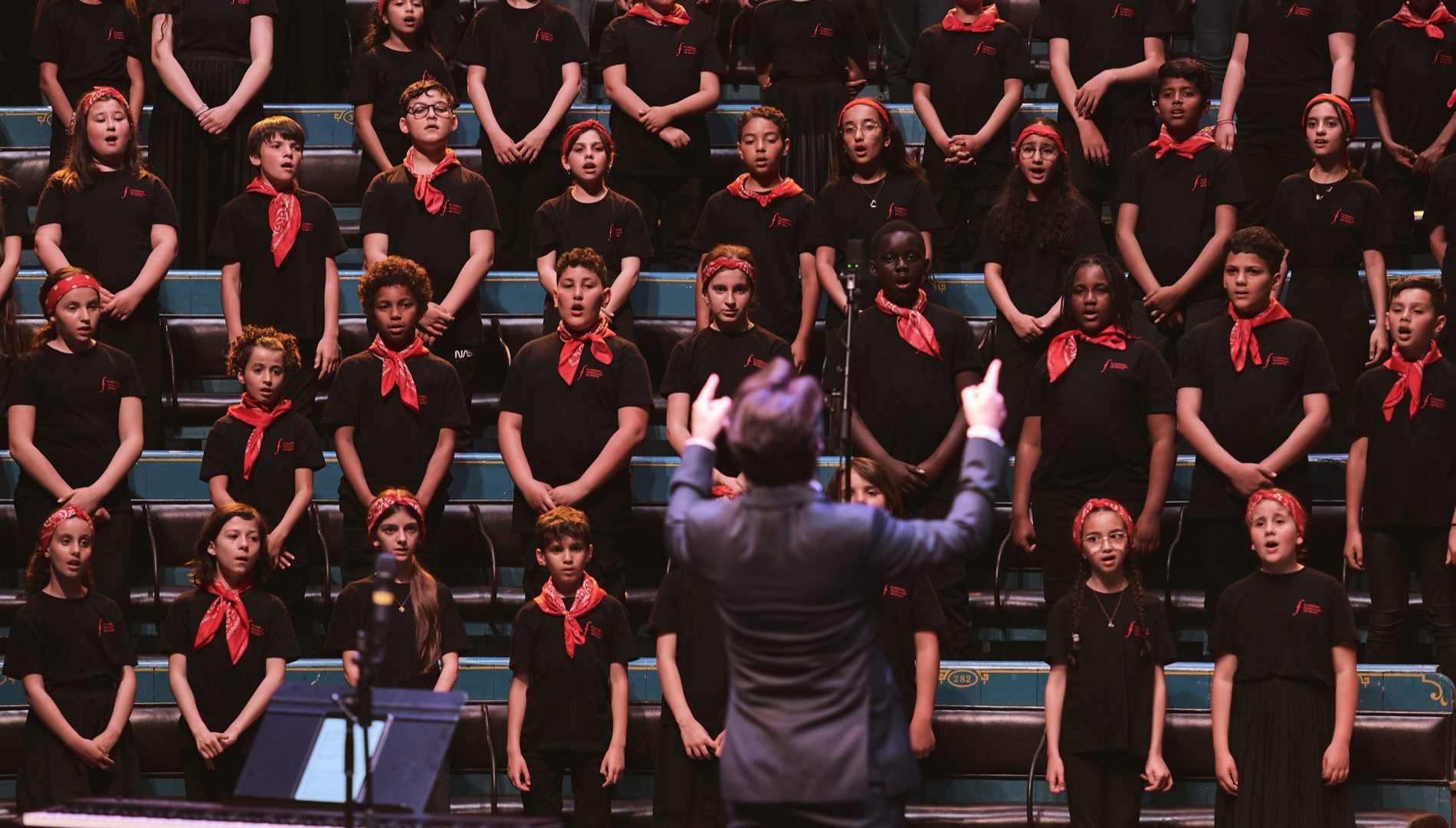To get their voices heard, France’s regional contemporary art collections (‘Fracs’) work together under the umbrella of national association PLATFORM. Platform assists these structures with rolling out their activities in promoting contemporary art, helping them to play their role in society more effectively.
Created 40 years ago, Fracs are still active today and each year are responsible for the dissemination of international contemporary art throughout France. They were set up in the 1980s by Culture Minister at the time Jack Lang, as part of a decentralisation policy. Their goals have remained unchanged since inception and can be divided into three main areas: to build a heritage of contemporary art, to spread the word and raise awareness whilst providing a pathway along which the public can view its works.
It’s a vocation
To put together their collection, the Fracs have an acquisitions committee, made up of experts and professionals on the current scene. The four-piece lineup, one of whom from outside France, is refreshed every three years and comprised of individuals such as curators, museum directors and artists. The aim is to create a body that is representative of art from around the world, and not just from around the regions. In total, the French Fracs currently organise 800 exhibitions per year and own 32,000 works. It is a growing collection and one which is now raising questions on the best way to manage its stock.
Half-funded by the French government and half by the regions, the Fracs have managed to create a contemporary art ecosystem. Like talent scouts, they focus on living and emerging artists who they deem to be the most promising and will often be the first public institution to acquire their work. The outreach effect that accompanies the artists’ promotion is therefore paramount and makes the Fracs spaces for constant innovation in this field. It is a bilateral relationship: each party takes part in the experience of the work and not an entity which imparts its knowledge in a professorial way. The point of the exhibitions is to get them seen, they do not hide away behind the walls of the Fracs, and are held throughout the different regions of France as well as abroad.
Singing in unison
To support them in each of these objectives, to support contemporary creation throughout France, to get the state and the regions jointly investing in common projects, the Fracs can count on the backing of PLATFORM. Platform is the umbrella association for the Frac network, chaired by Vitalie Taittinger, and gathers together and unites the 23 structures. Sharing, by extension, the same ambitions as the Fracs, PLATFORM also has its own missions. First and foremost, its role is to represent them on a national level, to act as an intermediary between its entities, the state and the communities. To bring them together to form a common voice on major stances, budgets or bills – like the current fight for artists to be paid when their works are exhibited.
It also assists with communication, helping to promote them through the press or via the new PLATFORM website. But it is also a lever for jointly organising collective projects to get creations out there. For example, a partnership with the Proa Foundation in Argentina is currently under way for an exhibition at the end of May. On French soil, last April saw the installation of open-air works for the WEFRAC weekend, which celebrates all the Fracs in France. It throws up many collective opportunities, not least the Fracs’ 40th anniversary. In all these collective projects, PLATFORM acts as the link between the Frac de France, the government and the communities.




